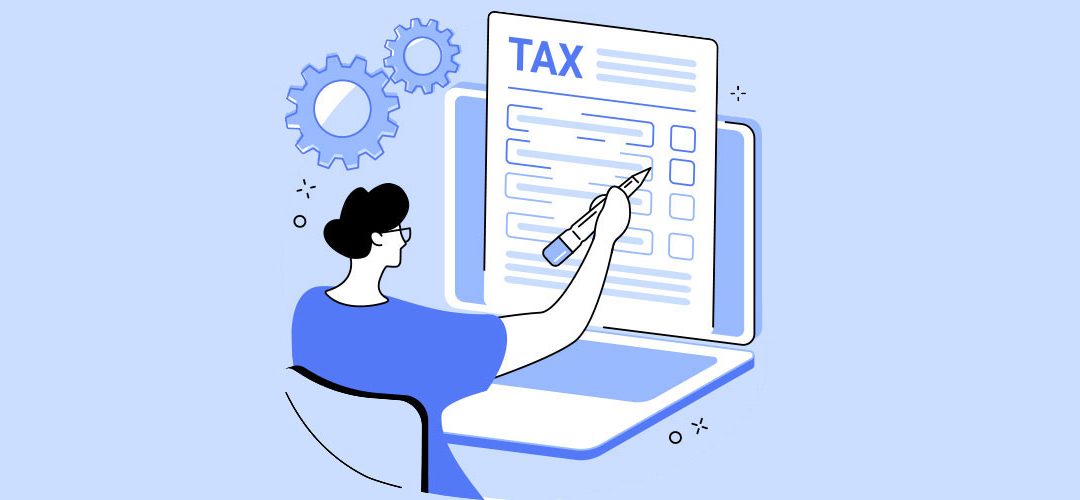Self-employed people are well used to the vagaries of the Self Assessment tax system and 31 January is surely a deadline date etched into every self-employed business person’s diary. The tax return is completed by the January deadline and now you know how much tax you owe for the last tax year.
The income of self-employed people can fluctuate from year to year and whilst payment on account is designed to help keep on top of tax payments, the system can catch out many self-employed people. So how and when should you make your payments and what is payment on account all about?
Payments on account is how HMRC spreads the cost of your tax due by requesting two payments – on 31 January and 31 July. The payment calculations are based on your previous year’s tax bill, so HMRC forecasts your future income based on your past income. The first instalment is due on the same day as your Self Assessment submission, to clear your bill for the previous year.
Each instalment is usually 50% of your previous year’s bill. By spreading the payments out across the year, HMRC is helping you budget and it also means they receive a forward summer payment. You won’t be asked to make payments on account if you’ve already paid 80% or more of your tax bill or if your bill is less than £1000.
Can I reduce my payments on account?
If your income is likely to be lower than the previous tax year, it is possible to apply to reduce your payments on account. It might be tempting to do this to pay less but if your income ends up being the same or more, there will be more to pay. If you underpay, there will be interest added to the outstanding amount.
What is the balancing payment?
50% of your advance tax bill is due on 31 July after the tax year, you may need to pay a balancing payment to reconcile any additional tax owed by the following January deadline. If you earn less than predicted and owe less tax than you paid, HMRC will refund this overpayment in January.
Eliminating nasty surprises around payments on account deadlines in January and July is a good reason to get your tax return completed as soon as possible after the end of the tax year. Here are some other benefits:
- Refunds – any overpaid tax will be calculated and refunded sooner
- Calculations – use the online ‘payment on account calculator’ to check your payments made and what you owe next
- Cashflow – calculating your tax liability means that you can plan and set aside the money owed
- Tax planning – your tax advisor can help you work out if you are paying more tax than you should due to income variations and help you make savings
- Risk of errors – mistakes are made when you’re up against a deadline. Leave plenty of time to get the return done right and you’ll only pay what you actually owe
Online accounting software can really help with the process of submitting your Self Assessment tax return and the tax you owe. From April 2024 all self-employed business people will need to keep their records digitally and file their returns this way.
CRM Oxford is familiar with all the online accounting software options and can help with the set up or any issues that may arise when working out your tax liability online. Get in touch with the friendly, approachable experts on 01865 379272.

